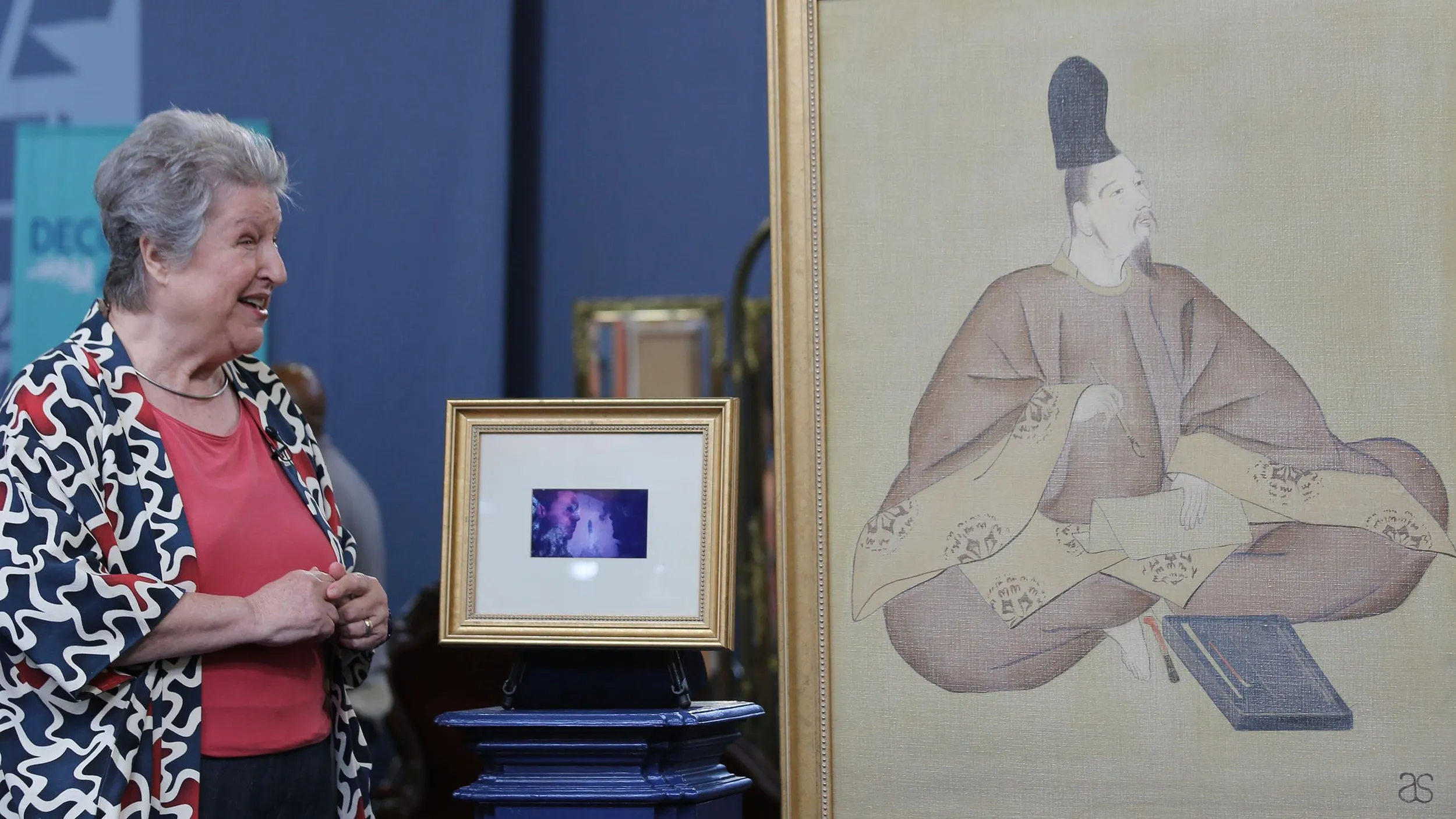GUEST: My mother gave me these, but she got them from her mother. My great-grandmother's sister married George Ohr.
APPRAISER: Wow. And so these were made by?
GUEST: George Ohr.
APPRAISER: So they've been in the family all that time. Did you ever meet any of his family, did you ever go there?
GUEST: Yes. I met what I believe was his daughter. They lived out in the country, and I went with my mother and my aunt. And I remember, like, a house and a barn, maybe a barn setting. It was a rural setting.
APPRAISER: Sure.
GUEST: And I saw, like, shelves of pottery, and I went inside their house for a little while. It wasn't any mansion, that's for sure, it was just regular people.
APPRAISER: The pottery-- was there a lot of it? Could you see it? Did you have any memories of that?
GUEST: Yes, and from what I can remember, it was, like, on tables and it was on shelves. It was everywhere.
APPRAISER: Just stacked everywhere.
GUEST: Yes, sir.
APPRAISER: And the family just didn't think much about it.
GUEST: No.
APPRAISER: They did not-- isn't that interesting? Tell me about these pieces, here.
GUEST: Well, as far as I know, I have a rabbit-ear puzzle mug, then that particular puzzle mug, it's got a strange kind of etching on the handle itself. And then the little house over there is an inkwell.
APPRAISER: Yes, that's correct.
GUEST: And then a pitcher.
APPRAISER: Okay. George Ohr made lots of puzzle mugs. A puzzle mug has little holes in the handles and in the rim, but there's a hole at the bottom of the handle. And so, to drink out of it, you tilt the mug, and then you have to put your fingers over certain holes, and then you can usually suck one of the holes and get the liquid out. But you have to know the puzzle. And I don't know what it is.
GUEST: (laughs) Okay.
APPRAISER: But there is a trick to drinking out it without spilling it, so that's why it's called a puzzle mug. And then the pitcher is a little unusual for George Ohr, in that it's really utilitarian. Most of his stuff was decorative, and this is kind of interesting because he didn't use a lot of color in that way. What I really love about the inkwell is, it's the shape of a house, exactly what was like in his community, with even doors and windows, the roof line, and I think it's a really interesting design that he made it like that. Now, there's a number of different marks that he used, and one of the examples of the marks is actually on the house. He just scratched, in hand, he put "Biloxi." He also sometimes signed by hand. So this one has his name, George Ohr, which he signed in script. And the other two have the same mark, the impressed mark. So it was, like, a little die stamp that he pressed into the clay with his name and Biloxi, so that's the third mark that he used.
GUEST: Okay.
APPRAISER: Now, the date of all these pieces, they were made by George Ohr between about 1895, about 1900. What year were you there?
GUEST: '59, '60.
APPRAISER: Okay.
GUEST: Possibly.
APPRAISER: Yeah, in about 1969, a man came down from the Northeast and bought most of that pottery, and hauled it off, so you saw it before he hauled it all off. The mugs-- you could look online and see some kind of high prices, and the prices on Ohr has fallen a little bit. In some cases more than others. But since those are relatively common, actually, these days, they only sell for normally around $500 to $750 apiece. The pitcher has a few little damages, which is not that unusual for Ohr. A lot of it does have a little damage. We wish it didn't, it would be worth a little more. But it would still probably be worth between $1,250 and $1,750. And then the inkwell is the best piece. And that one would probably sell for at least $2,500 to $3,500, and so the collective total would be somewhere between $4,750 and $6,750.
GUEST: Okay.
APPRAISER: However, if it went to auction, the family connection, the provenance, might bump the price up a little bit more.
GUEST: I see.
APPRAISER: How much do you think all that pottery is worth now that you were looking at...
GUEST: That I was looking at then? Millions.
APPRAISER: You got it.
GUEST: Millions.
APPRAISER: We talked about it, I talked about it with some of the other appraisers, and we estimate all that pottery is now worth somewhere between $50 million and $100 million.
GUEST: Wow, that's a lot of money.
APPRAISER: As a little girl, if you had known that...
GUEST: (laughing) Yeah.



